
Top 10 Smart City Case Studies Pioneering Sustainable Development
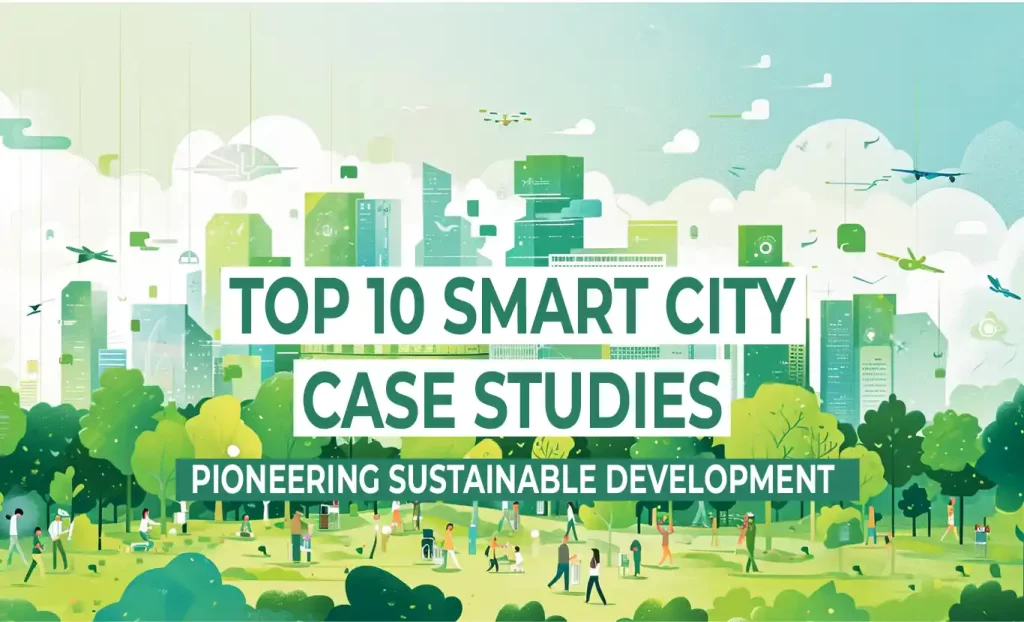
In an era where urbanization and environmental challenges are rapidly intensifying, the quest for sustainable urban design has never been more crucial. “Smart Cities of Tomorrow: 10 Case Studies in Sustainable Urban Design” explores a diverse range of global examples that epitomize innovative approaches to creating sustainable cities. From Freiburg’s dedication to ecological urban planning to Masdar City’s groundbreaking efforts in achieving carbon neutrality, each case study highlights unique strategies such as smart transportation, green infrastructure, and renewable energy integration. These examples not only showcase the successes and challenges of implementing sustainable urban design but also emphasize the critical roles of collaboration, innovation, and community engagement in building resilient and livable cities. As urban areas continue to navigate complex environmental and social issues, the insights gained from these case studies provide valuable guidance for policymakers, urban planners, and stakeholders worldwide, aiming to foster more sustainable and inclusive urban environments.
Ecological Urban Planning: The Case of Freiburg, Germany
Context and Background:
Freiburg, in southwestern Germany, is known for its environmental policies and sustainable urban planning. Since the 1970s, it has been a hub for ecological movem
Key Challenges:
Freiburg faced rapid urbanization, population growth, the need to reduce carbon emissions, and the challenge of creating sustainable transportation infrastructure. Raising environmental awareness among residents was also crucial.
Design Approach and Solutions:
- Renewable energy sources: Extensive use of solar and other renewable energies.
- Sustainable transportation systems: Development of bike lanes and a tram network.
- Green spaces: Increasing parks and green areas.
- Energy-efficient buildings: Constructing new energy-efficient buildings and renovating existing ones.
Outcomes and Impacts:
Freiburg’s sustainable design led to significant carbon emission reductions, improved quality of life, and a healthier environment. Energy costs decreased, and environmental awareness among residents increased. These positive outcomes highlight Freiburg’s commitment to sustainability, serving as an inspiring model for other cities.
Key Planning Insights:
- Comprehensive planning: Integrating all initiatives into a cohesive strategy.
- Community involvement: Engaging residents in planning and implementation.
- Environmental policies: Adopting green policies at every governance level.
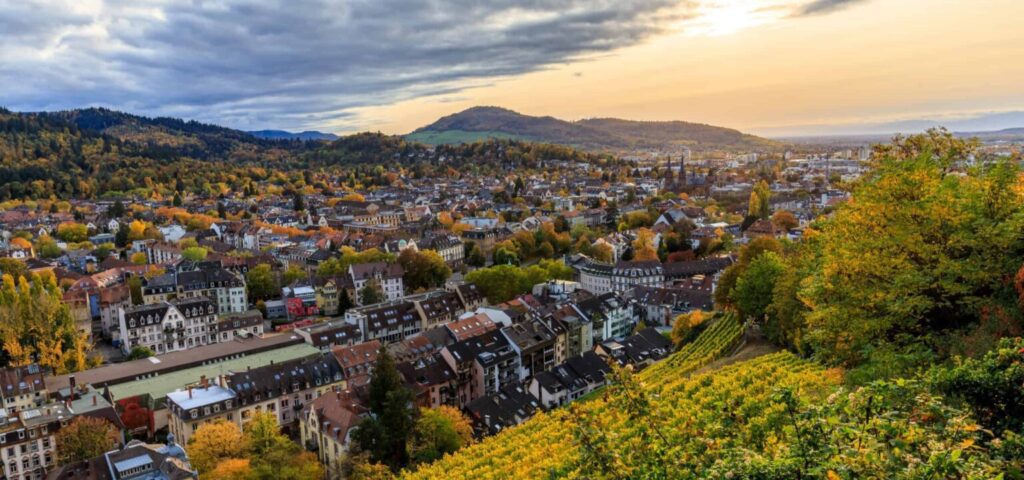
Copenhagen, Denmark: A Model City for Cycling-Friendly Urban Planning
Context and Background:
Copenhagen, the capital of Denmark, is widely recognized for its ambitious sustainability goals and innovative urban planning. The city has set a target to become carbon-neutral by 2025, demonstrating a strong commitment to environmental stewardship and sustainable development.
Key Challenges:
Copenhagen faced challenges such as reducing greenhouse gas emissions, managing increasing urbanization, and promoting sustainable transportation. The need to enhance green infrastructure and improve waste management practices were also significant concerns (Andersen et al., 2019).
Design Approach and Solutions:
- Renewable energy sources: Investments in wind energy and district heating systems.
- Sustainable transportation: Extensive cycling infrastructure and promotion of public transport.
- Green spaces: Development of urban parks and green roofs.
- Waste management: Advanced recycling programs and waste-to-energy plants (City of Copenhagen, 2012).
Outcomes and Impacts:
Copenhagen’s initiatives led to substantial reductions in carbon emissions and energy consumption. The city achieved a high quality of life for its residents, with over 40% of commutes done by bicycle. The waste management system significantly reduced landfill use, contributing to environmental sustainability.
Key Planning Insights:
- Integrated planning: Ensuring all policies are part of a unified strategy.
- Public engagement: Involving citizens in sustainability efforts.
- Innovative policies: Implementing cutting-edge environmental regulations.
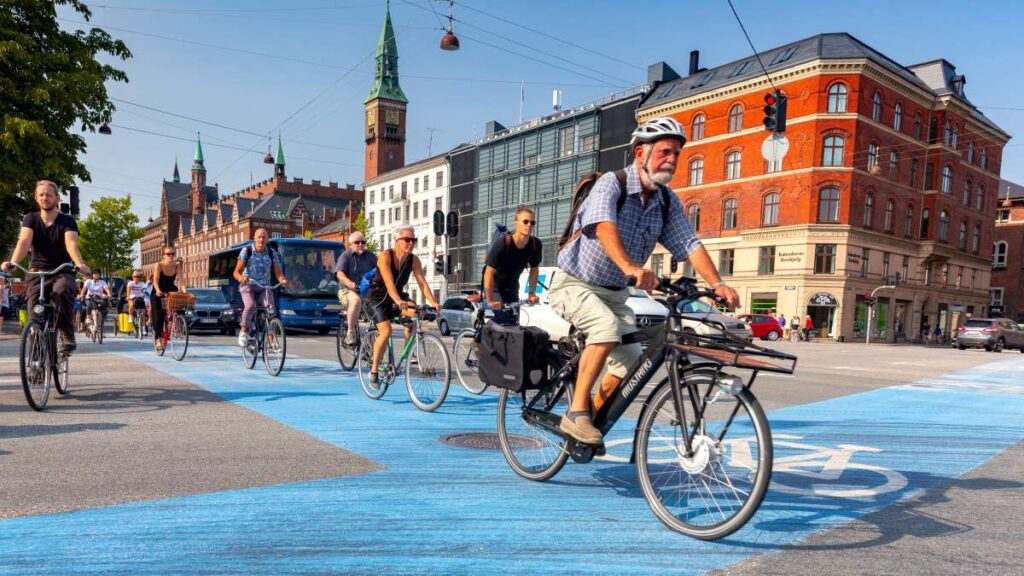
Source: Website Link
Songdo International Business District, South Korea: Leading in Smart Infrastructure
Context and Background:
Songdo International Business District, located in South Korea, is a prominent example of futuristic urban planning and sustainable development. Designed as a smart city, Songdo aims to integrate advanced technologies and sustainable practices to create an efficient and livable urban environment.
Key Challenges:
Songdo faced challenges such as developing an entirely new urban area, ensuring environmental sustainability, and creating a balance between business needs and residential comfort. The city also focused on reducing its carbon footprint and promoting green building practices (Joo & Kim, 2016).
Design Approach and Solutions:
- Smart infrastructure: Implementation of ICT (Information and Communication Technology) to manage city functions.
- Green buildings: LEED-certified structures with energy-efficient designs.
- Green spaces: Extensive parks and waterfront developments.
- Transportation: Emphasis on pedestrian-friendly streets and efficient public transport.
Outcomes and Impacts:
Songdo’s design and technology-driven approach resulted in significant advancements in urban sustainability. The city achieved notable reductions in energy consumption and greenhouse gas emissions.
Key Planning Insights:
Technological integration: Leveraging ICT for city management and environmental monitoring. Mixed-use zoning: Creating a balanced environment for work, living, and recreation. Public-private partnerships: Collaborating with businesses for sustainable development initiatives. Long-term vision: Planning for future growth and sustainability challenges.
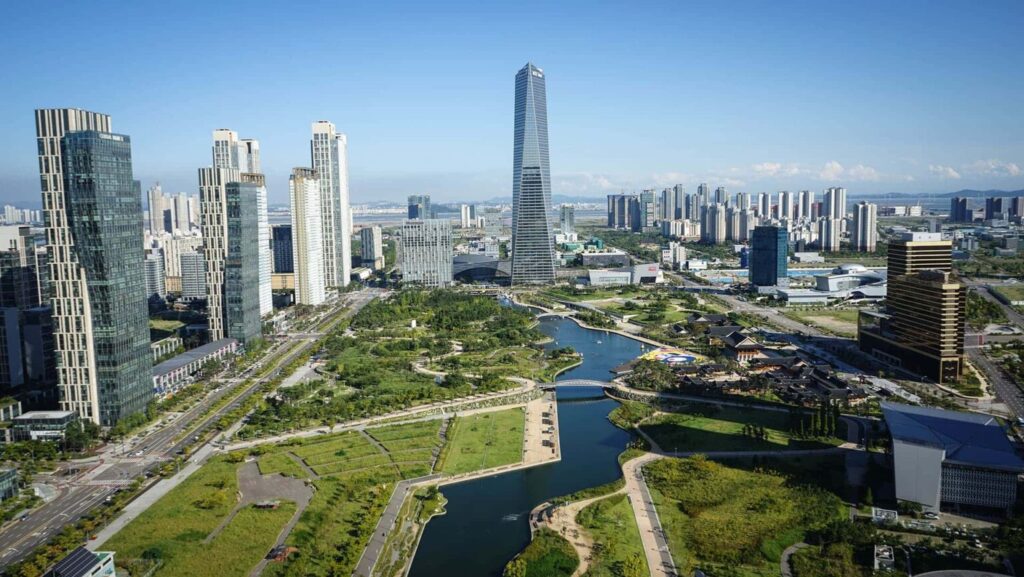
Amsterdam, Netherlands: Leading the Way in Circular Economy Initiatives
Context and Background:
Amsterdam, the capital of the Netherlands, is celebrated for its progressive urban planning and commitment to sustainability. With a rich historical backdrop, the city has evolved into a model for integrating modern amenities with environmental consciousness (City of Amsterdam, 2020).
Key Challenges:
Amsterdam faced challenges such as managing urban density, preserving historical architecture, and mitigating climate change impacts such as rising sea levels. The city also prioritized reducing carbon emissions and enhancing green spaces amidst rapid urban growth.
Design Approach and Solutions:
- Cycling infrastructure: Extensive network of bike lanes and facilities.
- Renewable energy: Adoption of solar and wind power in public infrastructure.
- Green initiatives: Rooftop gardens, urban farming, and sustainable building practices.
- Water management: Innovative flood control measures and waterway restoration (City of Amsterdam, 2020).
Outcomes and Impacts:
Amsterdam’s sustainable strategies resulted in significant improvements in air quality, reduced traffic congestion, and enhanced resilience against climate change effects. The city’s commitment to sustainability has fostered a vibrant community with a high quality of life and international recognition as a sustainable urban center.
Key Planning Insights:
- Collaborative governance
- Adaptive reuse
- Circular economy
- Resilient infrastructure
Singapore: Innovations in Water Management
Context and Background:
Singapore, a city-state in Southeast Asia, is renowned for its strategic urban planning and sustainable development initiatives. Despite limited land area, Singapore has successfully integrated green spaces, efficient infrastructure, and smart technologies to create a sustainable urban environment.
Key Challenges:
Singapore faced challenges such as land scarcity, population density, and climate vulnerability. Addressing these issues requires innovative solutions to enhance sustainability while balancing economic growth and environmental conservation (Lee & Heng, 2019).
Design Approach and Solutions:
- Green buildings: Implementation of stringent green building standards (BCA Green Mark) and incentives for sustainable construction practices.
- Public transportation: Extensive metro system (MRT) and bus network to reduce reliance on private vehicles.
- Water management: Advanced drainage and flood mitigation systems to cope with heavy rainfall and rising sea levels.
Outcomes and Impacts:
Singapore’s initiatives have resulted in improved air quality, efficient resource management, and enhanced resilience to climate change. The city-state has become a global leader in sustainable urban development, attracting international recognition and investments in green technology sectors (Lee & Heng, 2019).
Key Planning Insights:
- Integrated planning
- Technology adoption
- Community engagement
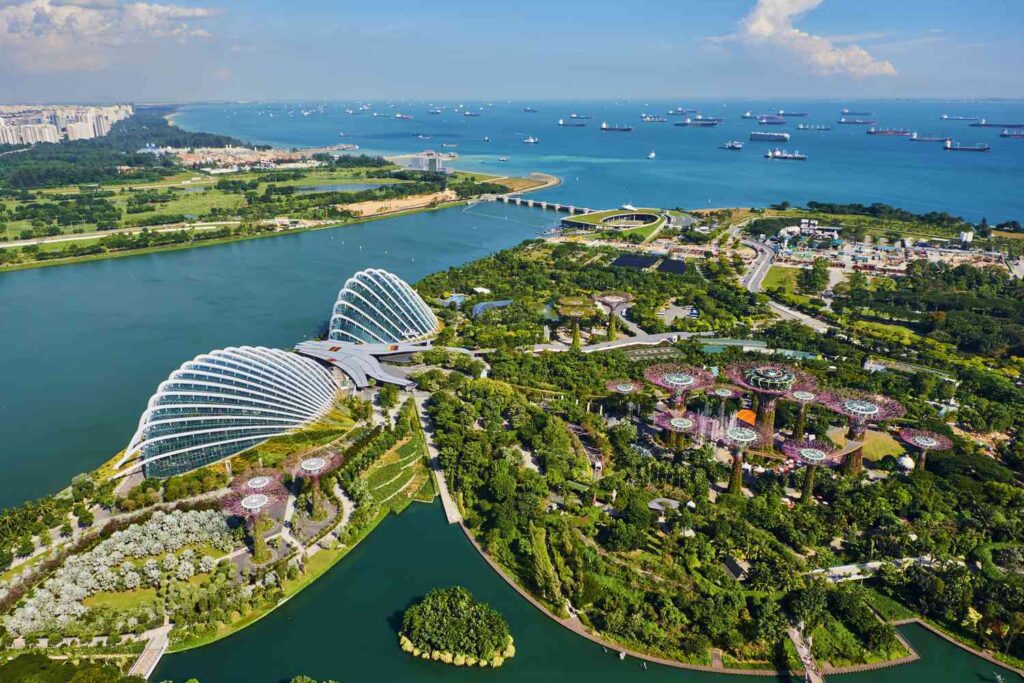
Barcelona, Spain: Advancing Smart Transportation Systems
Context and Background:
Barcelona, located on the northeastern coast of Spain, is celebrated for its innovative urban planning and commitment to sustainable development. With a rich cultural heritage and a forward-thinking approach, Barcelona has transformed into a global model for integrating environmental sustainability with urban growth (City of Barcelona, 2021).
Key Challenges:
Barcelona faced challenges such as managing urban growth, preserving historical landmarks, and mitigating climate change impacts.
Design Approach and Solutions:
- Superblocks: Implementation of superblocks to reduce traffic and promote pedestrian-friendly neighborhoods.
- Green spaces: Expansion of parks and green corridors to improve air quality and biodiversity.
- Renewable energy: Integration of solar panels and energy-efficient buildings.
- Smart city initiatives: Use of technology for efficient waste management and urban mobility (City of Barcelona, 2021).
Outcomes and Impacts:
Barcelona’s sustainable initiatives have resulted in improved air quality, reduced traffic congestion, and enhanced quality of life for residents. The city’s commitment to sustainable urban development has attracted international acclaim and positioned it as a leader in green city initiatives.
Key Planning Insights:
- Collaborative governance: Engaging citizens and stakeholders in urban planning decisions.
- Innovative policies: Adopting progressive policies to support sustainable development goals.
- Resilience planning: Addressing climate resilience through adaptive urban planning strategies.
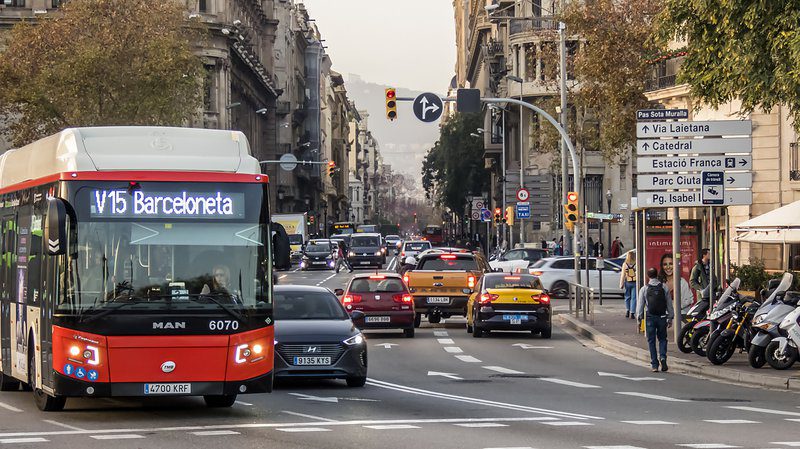
Stockholm, Sweden: Pioneering Smart Energy Grids
Context and Background:
Stockholm, the capital of Sweden, is renowned for its progressive environmental policies and sustainable urban planning. Situated across 14 islands, the city has embraced its natural surroundings while pioneering initiatives for ecological sustainability (City of Stockholm, 2021).
Key Challenges:
Stockholm faced challenges such as managing rapid urbanization, preserving water quality, and reducing carbon emissions. The city focused on promoting sustainable transportation, enhancing green spaces, and integrating renewable energy sources (Naturvårdsverket, 2019).
Design Approach and Solutions:
- Green transportation: Extensive network of bike lanes and efficient public transport systems.
- Water management: Implementation of sustainable water treatment technologies and restoration of water bodies.
- Urban greenery: Development of urban parks and green areas to improve air quality and biodiversity.
- Energy efficiency: Adoption of strict building codes for energy-efficient construction.
Outcomes and Impacts:
Stockholm’s initiatives have led to significant reductions in carbon footprint, improved air and water quality, and enhanced urban resilience. The city has become a global leader in sustainable urban development, setting benchmarks for other cities worldwide (Naturvårdsverket, 2019).
Key Planning Insights:
- Collaborative governance
- Policy innovation
- Climate adaptation
- Public engagement
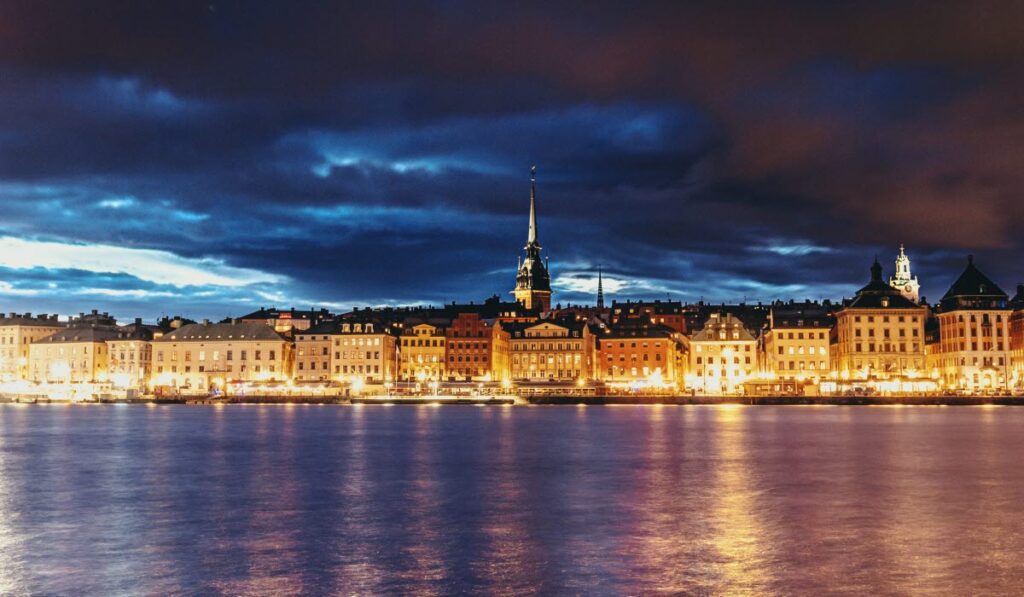
Helsinki, Finland: Innovating with Open Data Platforms
Context and Background:
Helsinki, the capital of Finland, is known for its innovative approaches to sustainable urban development and commitment to environmental conservation. Situated on the Baltic Sea, the city has prioritized initiatives that integrate nature with urban living.
Key Challenges:
Helsinki faced challenges such as managing urban growth, reducing carbon emissions, and preserving its unique natural landscapes. The city focused on enhancing energy efficiency, promoting sustainable transportation, and fostering green innovation (Statistics Finland, 2020).
Design Approach and Solutions:
- Energy-efficient buildings: Implementation of stringent building standards and incentives for sustainable architecture.
- Public transportation: Expansion of tram networks and investment in cycling infrastructure.
- Green spaces: Creation of urban parks, green roofs, and waterfront developments.
- Circular economy: Promotion of waste reduction and recycling initiatives (City of Helsinki, 2021).
Outcomes and Impacts:
Helsinki’s sustainable initiatives have led to improved air quality, reduced greenhouse gas emissions, and enhanced urban biodiversity. The city’s commitment to sustainable urban planning has positioned it as a leader in environmental sustainability in Europe (Statistics Finland, 2020).
Key Planning Insights:
- Integrated planning
- Innovation hubs
- Community engagement
- Climate resilience
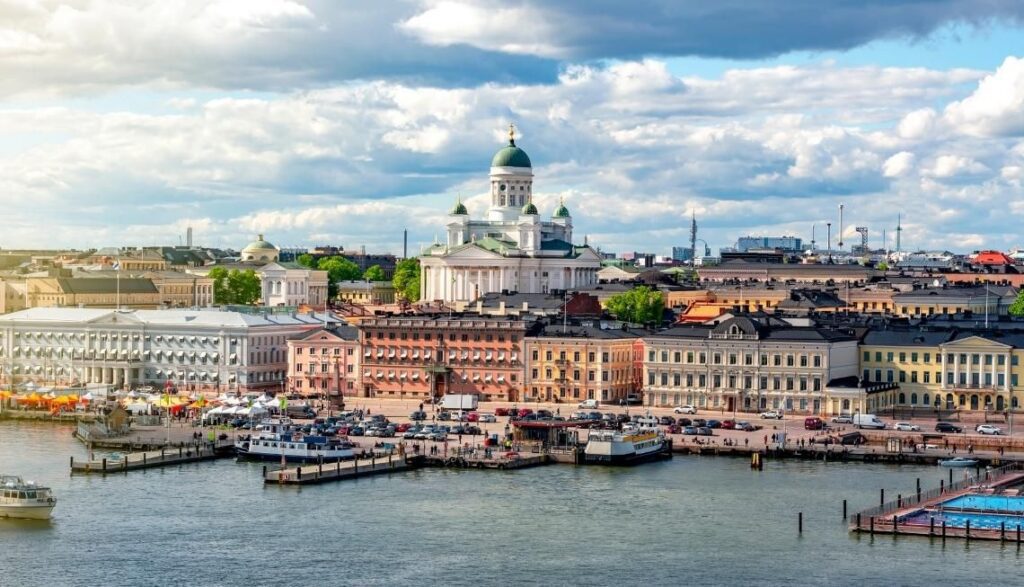
Portland, USA: Advancing Green Infrastructure
Context and Background:
Portland, located in the Pacific Northwest of the United States, is renowned for its progressive environmental policies and sustainable urban planning initiatives. Embracing a culture of sustainability, Portland has become a hub for green innovation and community-driven urban development.
Key Challenges:
Portland faced challenges such as managing urban growth, addressing transportation congestion, and mitigating climate change impacts. The city prioritized initiatives to reduce carbon emissions, enhance public transportation, and promote eco-friendly urban living.
Design Approach and Solutions:
- Public transit: Expansion of light rail and bus networks to reduce reliance on cars.
- Bicycle infrastructure: Development of bike lanes and support for cycling as a mode of transport.
- Green building: Adoption of LEED certification and incentives for sustainable architecture.
- Urban green spaces: Creation of parks, green roofs, and community gardens (City of Portland, 2021).
Outcomes and Impacts:
Portland’s sustainable initiatives have led to improved air quality, reduced greenhouse gas emissions, and enhanced urban livability. The city has fostered a strong sense of community engagement and environmental stewardship, making it a model for sustainable cities in the United States.
Key Planning Insights:
- Equity and inclusivity
- Collaborative governance
- Innovation and adaptation
- Policy leadership

Masdar City, UAE: Pioneering Carbon-Neutral Urban Development
Context and Background:
Masdar City, located near Abu Dhabi in the United Arab Emirates, is a groundbreaking eco-city project aimed at becoming a global leader in sustainable urban development.
Key Challenges:
Masdar City faced challenges such as extreme heat, water scarcity, and the need for energy independence. The city focused on developing renewable energy solutions, water conservation measures, and sustainable building practices to overcome these challenges (The National, 2020).
Design Approach and Solutions:
- Renewable energy: Utilization of solar power and other renewable energy sources to achieve net-zero carbon emissions.
- Water management: Implementation of advanced technologies for water recycling and desalination.
- Smart infrastructure: Integration of smart grid systems and energy-efficient buildings. Green transportation: Promotion of electric vehicles and pedestrian-friendly streets (Masdar, 2021).
Outcomes and Impacts:
Masdar City’s initiatives have led to significant reductions in carbon footprint, enhanced energy efficiency, and improved quality of life for residents (The National, 2020).
Key Planning Insights:
- Public-private partnerships: Collaboration between government entities and private sector companies to drive sustainable innovation.
- Research and development: Investment in research institutions and technology firms to advance sustainable solutions.
- Education and awareness: Promoting sustainability education and public engagement initiatives within the community.
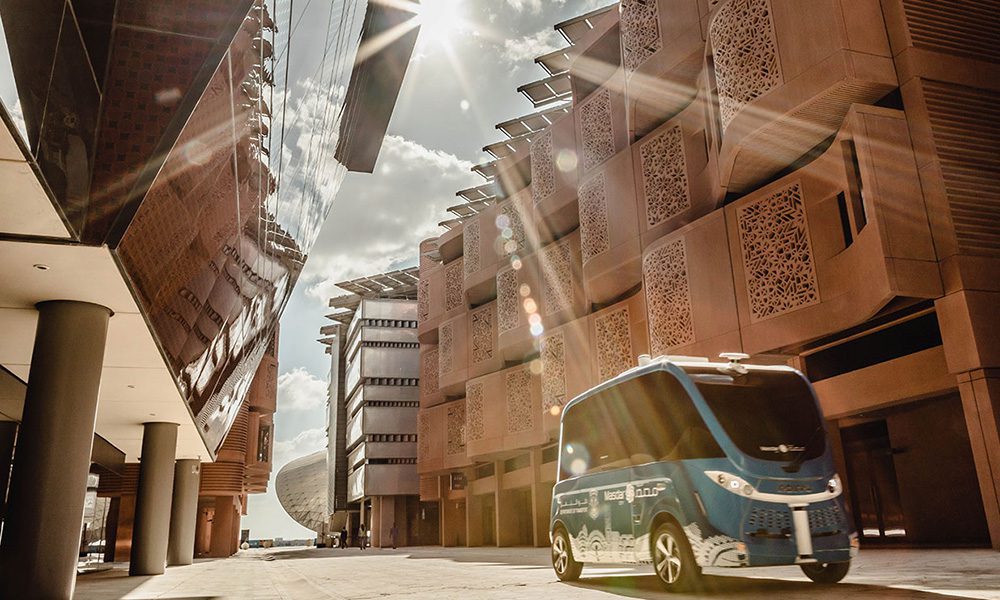
Conclusion
“Smart Cities of Tomorrow: 10 Case Studies in Sustainable Urban Design” brings together a diverse array of global examples showcasing innovative approaches to urban sustainability. From Freiburg’s ecological urban planning to Masdar City’s pioneering efforts in carbon-neutral development, each city demonstrates unique strategies in areas such as smart transportation, green infrastructure, and renewable energy integration. These case studies not only highlight the successes and challenges of sustainable urban design but also underscore the importance of collaboration, innovation, and community engagement in shaping resilient and livable cities for the future. As cities continue to face environmental and social challenges, the lessons learned from these case studies provide valuable insights for policymakers, planners, and urban stakeholders striving to build more sustainable and inclusive urban environments worldwide.
References
- Andersen, T. M., et al. (2019). Green Infrastructure in Copenhagen. Environmental Research Communications, 1(11), 111001.
- Global Green Growth Institute. (2018). Songdo International Business District: Case Study. Retrieved from https://www.greengrowthknowledge.org/case-studies/songdo-international-business-district
- Joo, J., & Kim, J. (2016). Sustainable Urban Development and Green Building: A Case Study of Songdo IBD, South Korea. Sustainability, 8(11), 1128.
- City of Amsterdam. (2020). Amsterdam: Sustainable City. Retrieved from https://www.amsterdam.nl/en/sustainable-city
- PBL Netherlands Environmental Assessment Agency. (2019). Amsterdam Urban Development and Environmental Quality. Retrieved from https://www.pbl.nl/en/publications/amsterdam-urban-development
- Singapore Ministry of National Development. (2021). Sustainable Development in Singapore. Retrieved from https://www.mnd.gov.sg/sustainable-singapore Lee, K., & Heng, C. K. (2019). Sustainable Urban Development: The Case of Singapore. Cities, 95, 102382.
- City of Barcelona. (2021). Sustainable Urban Development Strategy. Retrieved from https://ajuntament.barcelona.cat/ecologiaurbana/en/sustainability-and-urban-planning Martinez-Fernandez, C., et al. (2018). Urban Planning for City Leaders: Barcelona’s Strategy for Ecological Urbanism. Springer.
- Naturvårdsverket. (2019). Environmental Objectives and Strategies: Stockholm. Retrieved from https://www.naturvardsverket.se/en/about-us/our-organisation/agencies-and-units/naturvardsverket/
- City of Portland. (2021). Portland’s Climate Action Plan. Retrieved from https://www.portlandoregon.gov/bps/57375 Masdar. (2021). About Masdar City. Retrieved from https://www.masdar.ae/en/masdar-city

Yaren Apaydın
About the author
Yaren Apaydın, an urban planner, has a diverse academic background encompassing courses in ecological cities,, regional economics, mapping and surveying, urban conservation, research & urban design studios, and basic design. She is socially engaging, creative, joyful, and unique, enjoying reading, learning, and exploring. Yaren values continuous growth and discovery, viewing life as an extraordinary journey shaped by her imagination. She believes that designing and achieving productivity in all aspects equates to absolute happiness.
Related articles
UDL GIS
Masterclass
Gis Made Easy- Learn to Map, Analyse and Transform Urban Futures
Session Dates
15th-19th December 2025

Urban Design Lab
Be the part of our Network
Stay updated on workshops, design tools, and calls for collaboration
Curating the best graduate thesis project globally!

Free E-Book
From thesis to Portfolio
A Guide to Convert Academic Work into a Professional Portfolio”
Recent Posts
- Article Posted:
- Article Posted:
- Article Posted:
- Article Posted:
- Article Posted:
- Article Posted:
- Article Posted:
- Article Posted:
- Article Posted:
- Article Posted:
- Article Posted:
- Article Posted:
- Article Posted:
- Article Posted:
- Article Posted:
Sign up for our Newsletter
“Let’s explore the new avenues of Urban environment together “


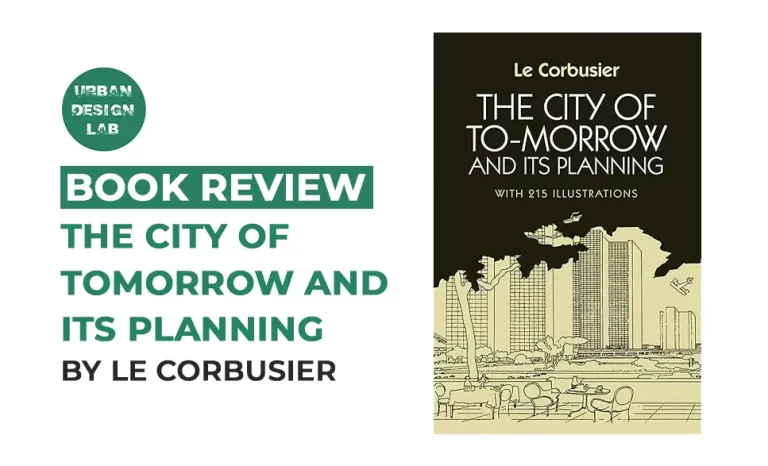
























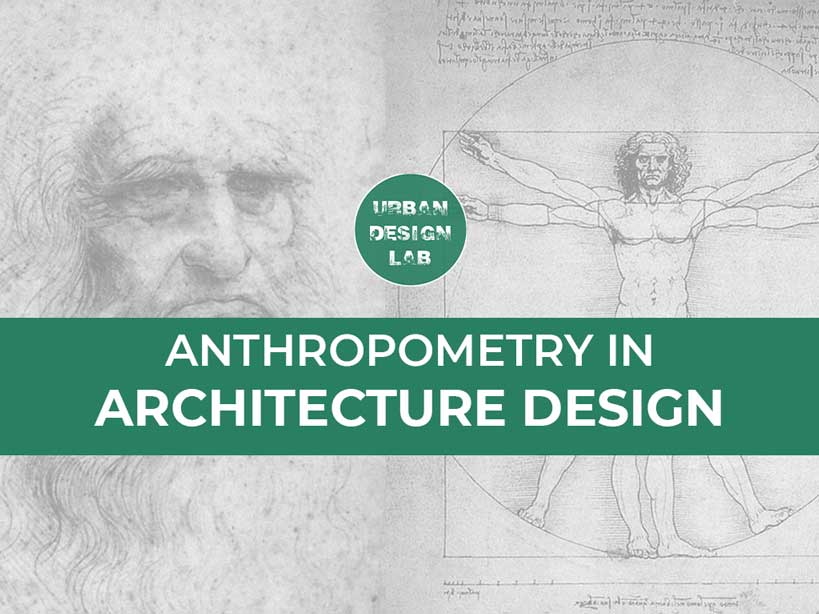
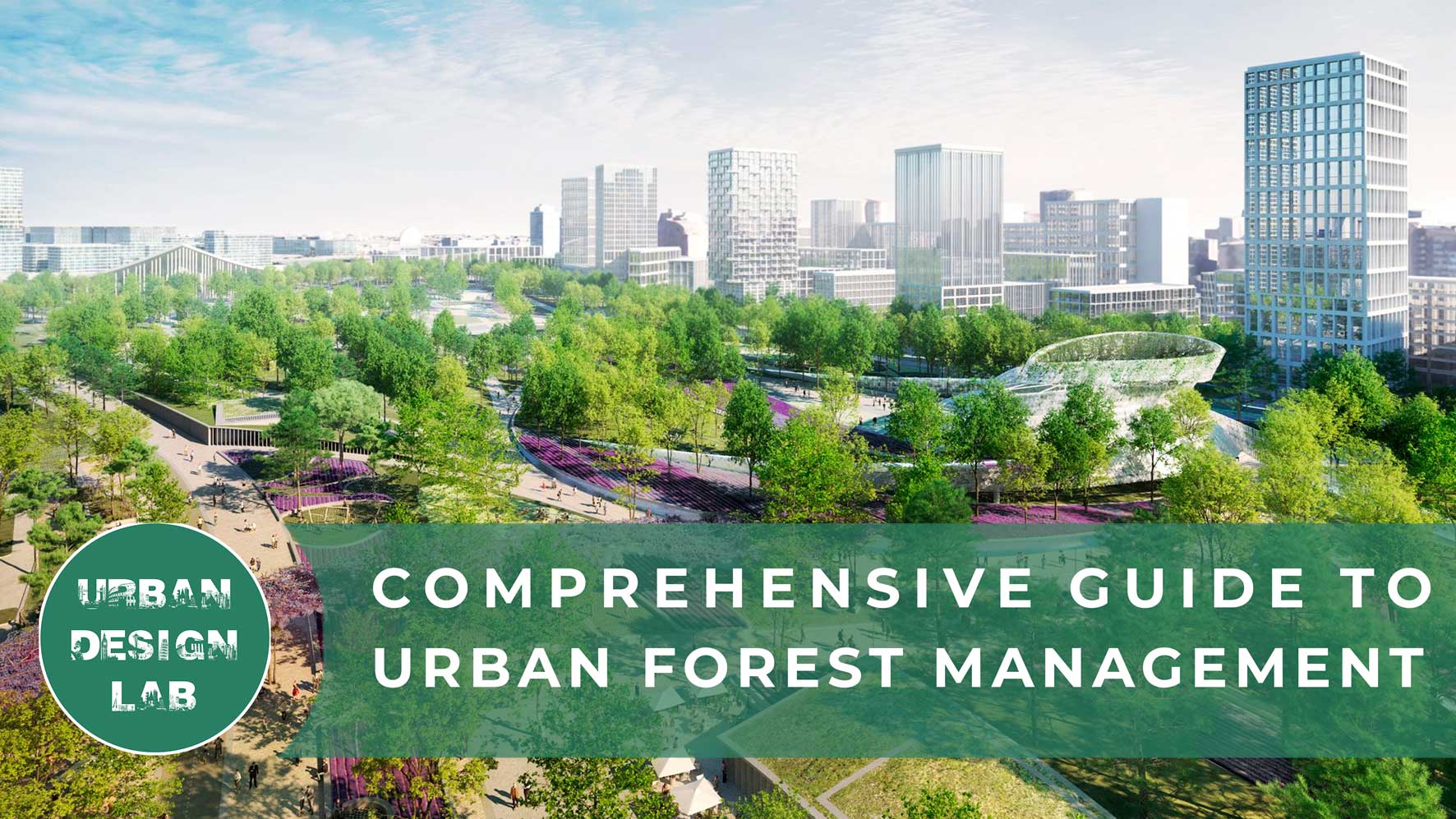
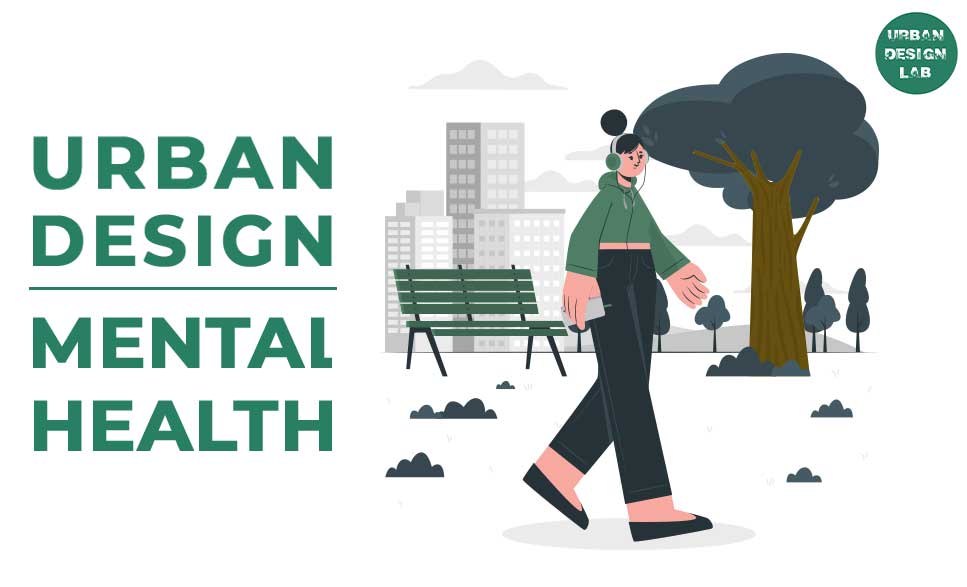


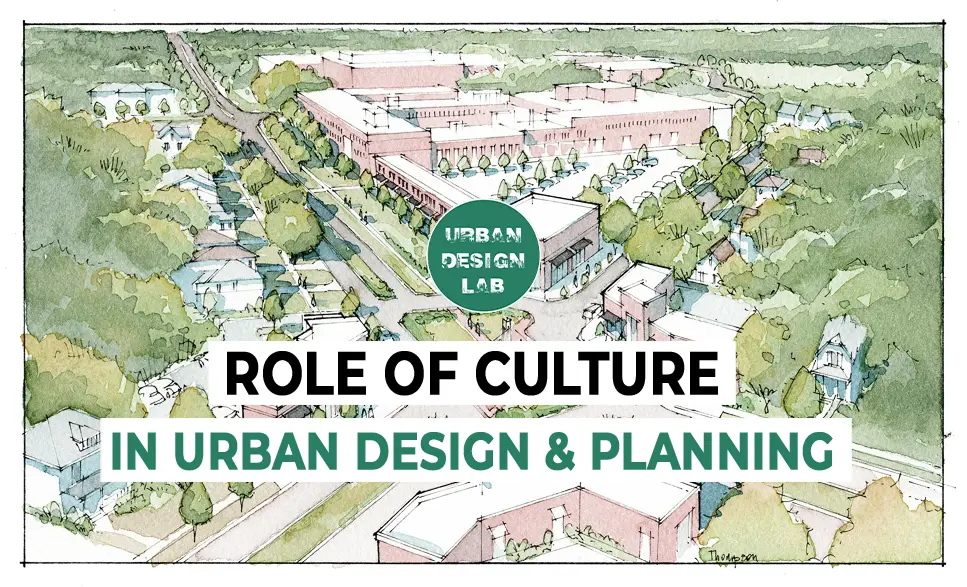
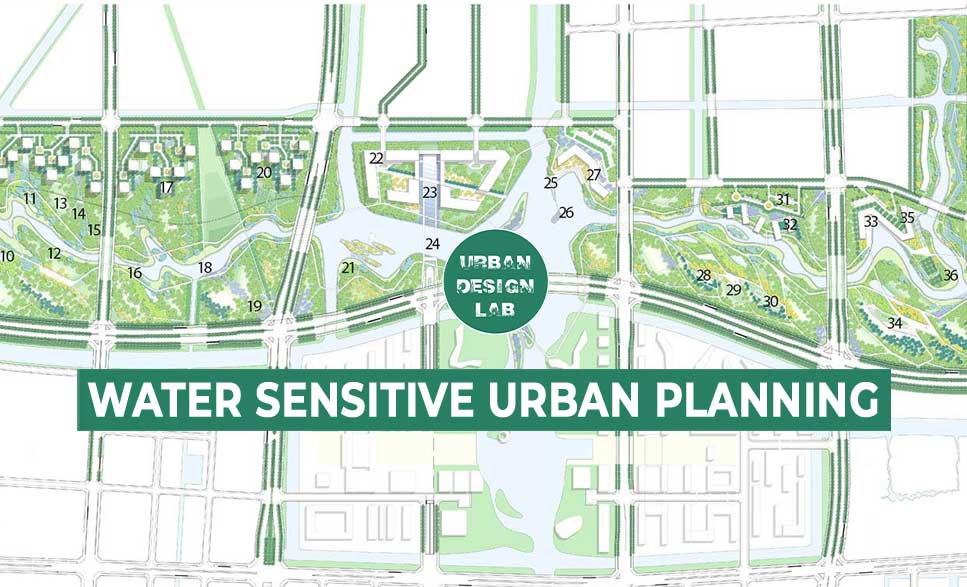
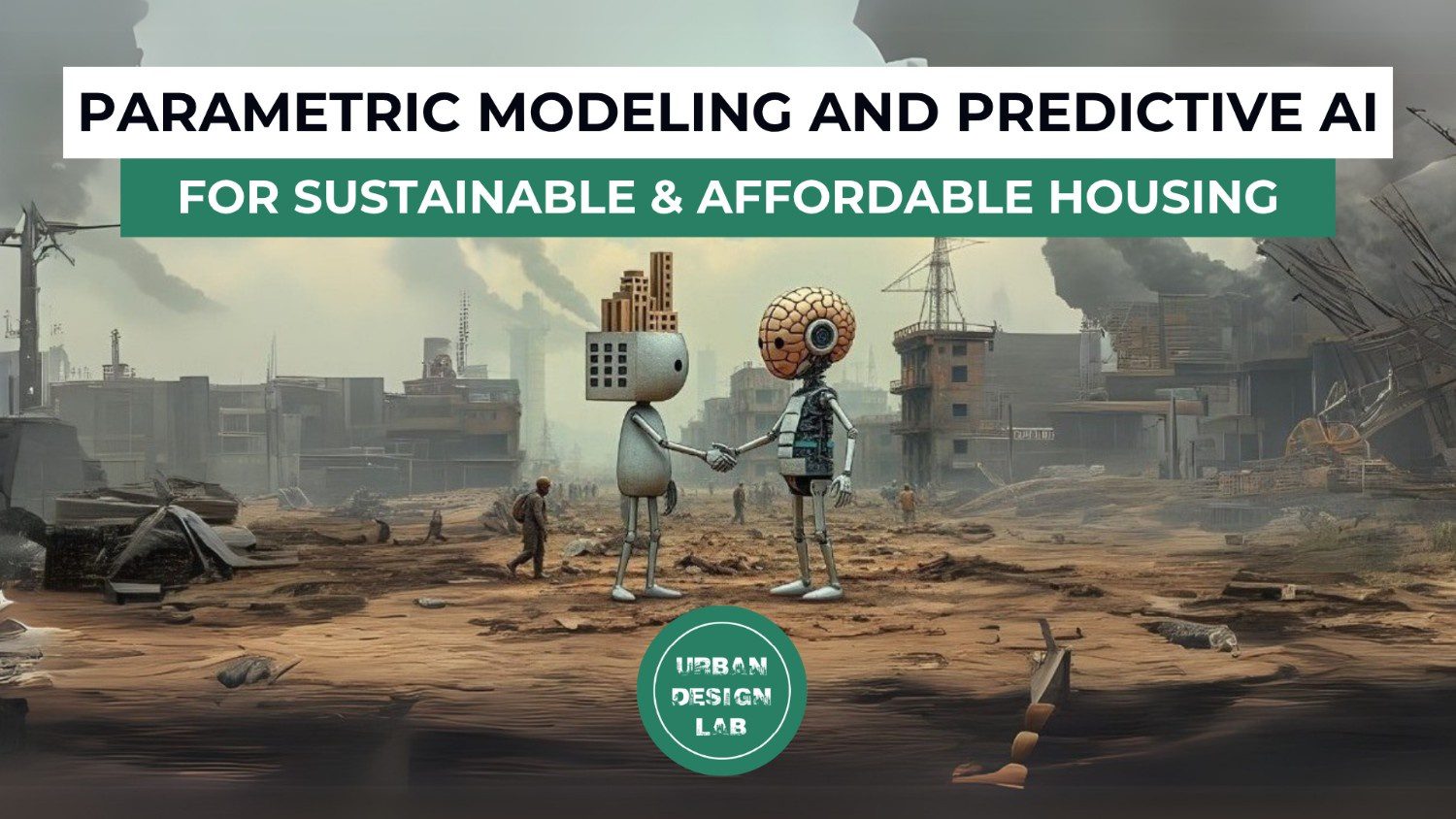


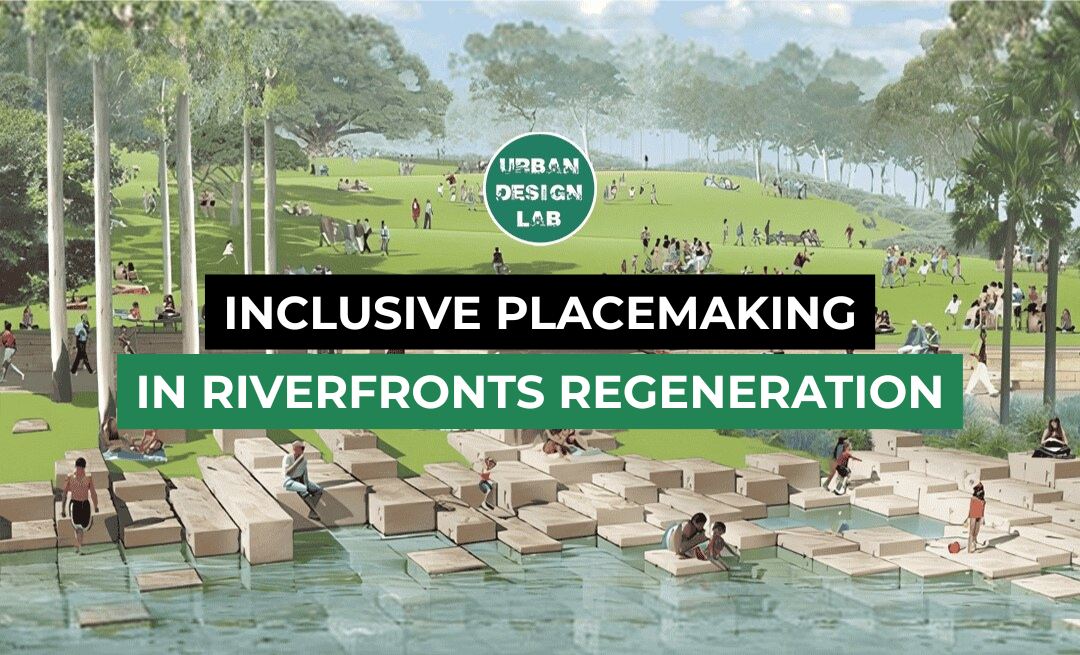
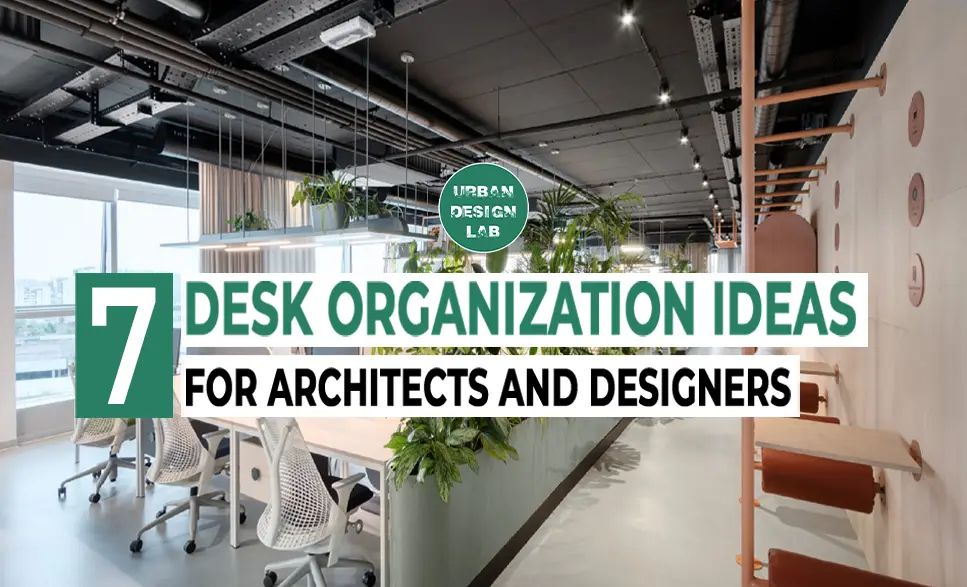

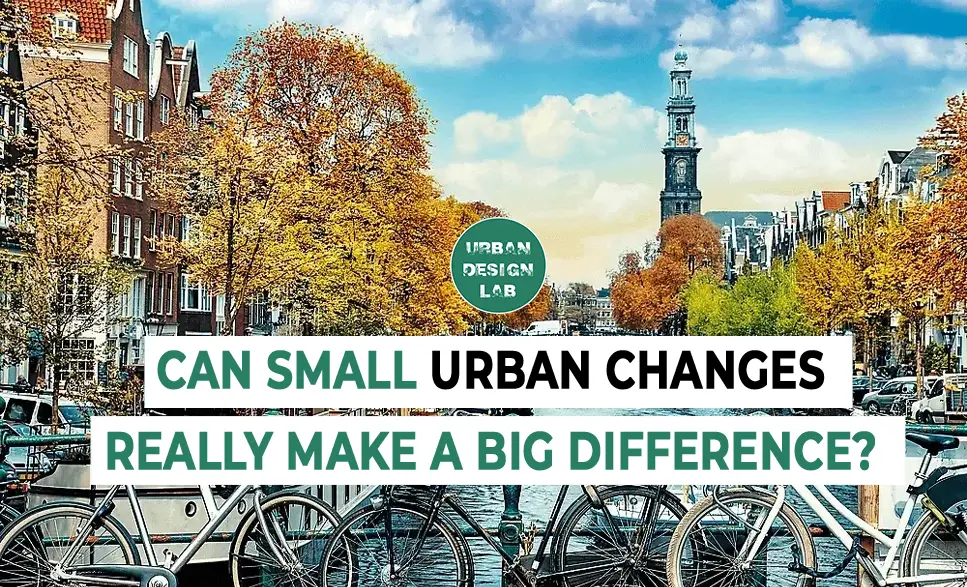
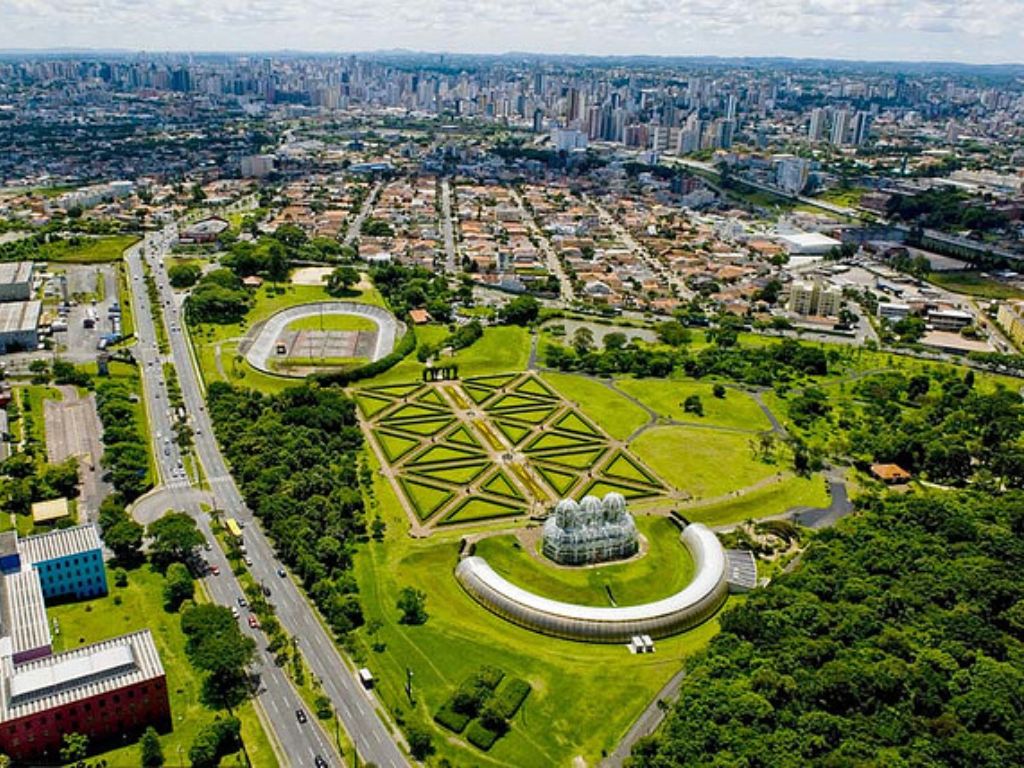
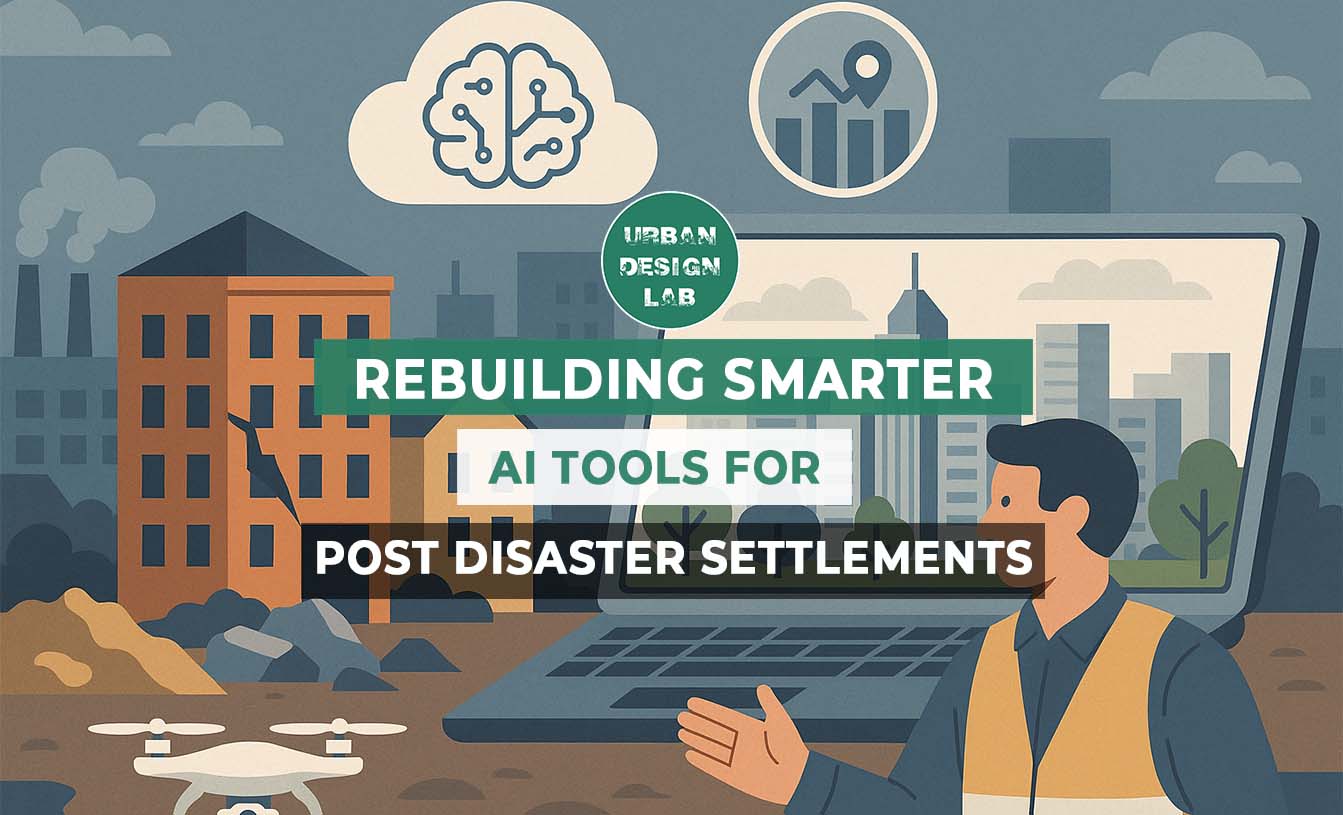


4 Comments